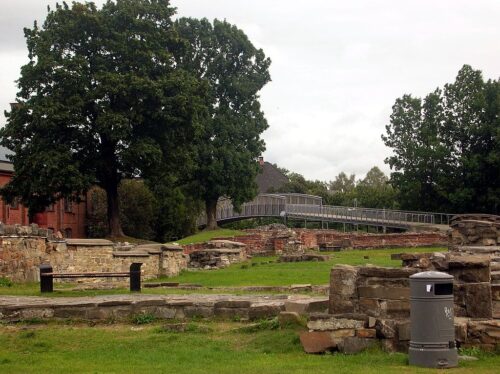Birth
Around 1000 AD the area below Ekeberg hills, on the east side of the Bjørvika inlet, was defined by a small village with one of the first Christian Churches of Norway at the time, St. Clément’s Church & a small cemetery. The latest archaeological evidence suggest that Christian burials were taking place even before the building of the church at the site.
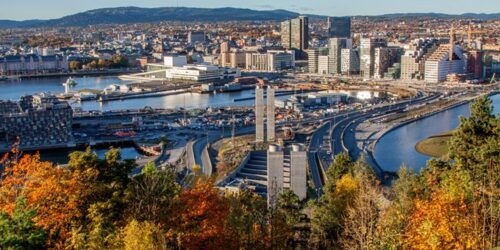
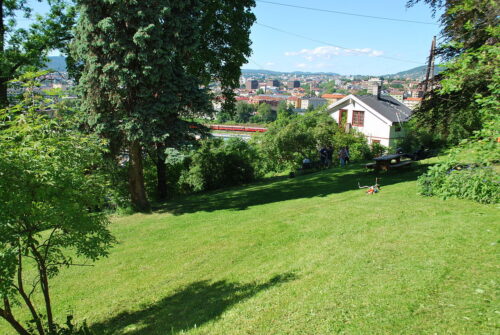
The Icelandic historian and poet Snorri Sturluson (1179-1241) in his work “Heimskringla” (the circle of the world), the most famous of the Old Norse sagas, refers to an establishment of a trading settlement just east of Oslo’s city center between 1048 & 1050, by the Norwegian King Harald Hardrada (hard ruler), last of the great Viking Kings & founder of the Hardrada dynasty of Norwegian Kings.
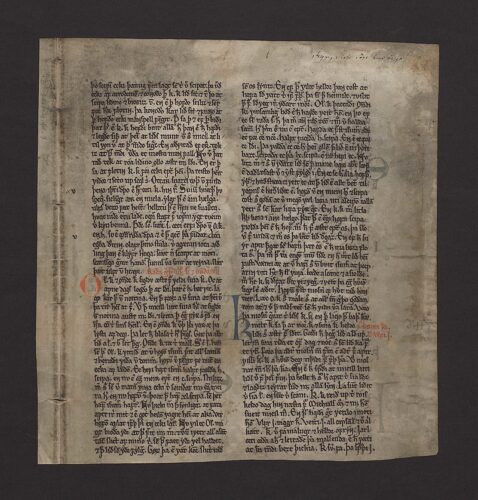

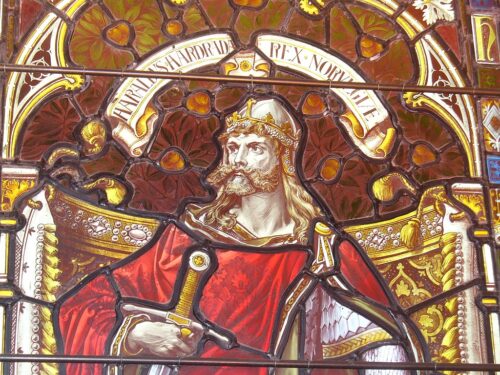
A second stave church, the Mariakirken (St. Mary’s Church) was erected where Middelalderparken is today, with the small settlement gradually forming its first archetype of urban structure, constituted of humble wooden houses with turf roofs & sheds for domestic animals.

